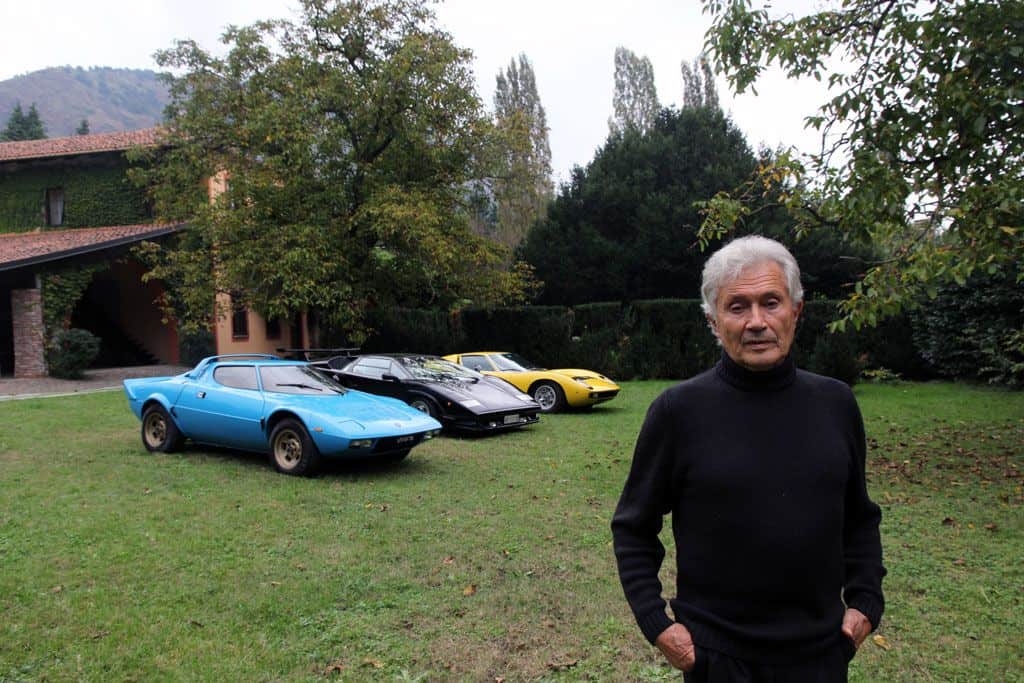Marcello Gandini — often regarded as the father of supercars — recently passed away at 85. He was the person who shaped Lamborghini as the brand that it stands for today and also gave birth to the first supercar — the Lamborghini Miura. Later on in his career, he designed some astonishing automobiles, that shaped the trend for decades. Here is our befitting tribute to the legend of Marcello Gandini.
Marcello Gandini was born in Turin, Italy in August 1938 and his passion for automotive design started at the age of 5 when his parents handed him a “quite large” scale model of a pre-world-war German cabriolet. The Meccano box cabriolet was the first-hand experience of automotive engineering for the 5-year-old Gandini, which worked as an outset to fuel Gandini’s passion for cars.
With a knack for design, Gandini spent his high school days reading books on the working principles of internal combustion engines and designing bodywork for hill-climb racing cars. Working on racing cars was the amalgamation of his theoretical knowledge and innate sense of automotive design, which he described as “learning the rudiments to get a car from a drawing”.
Years passed by and after doing a couple of freelancing roles, Gandini crossed paths with Bertone — one of Italy’s most coveted industrial designing companies. While the first interview in 1963 didn’t land him a job, two years later, Gandini took the role of the renowned Giorgetto Giugiaro in Bertone as he moved to Ghia — another Italian coachbuilding design house. Gandini was a man of free will, which shaped a mindset of working on his own but, in his own words, “the seductive salary made him stay at Bertone” for the next 14 years.
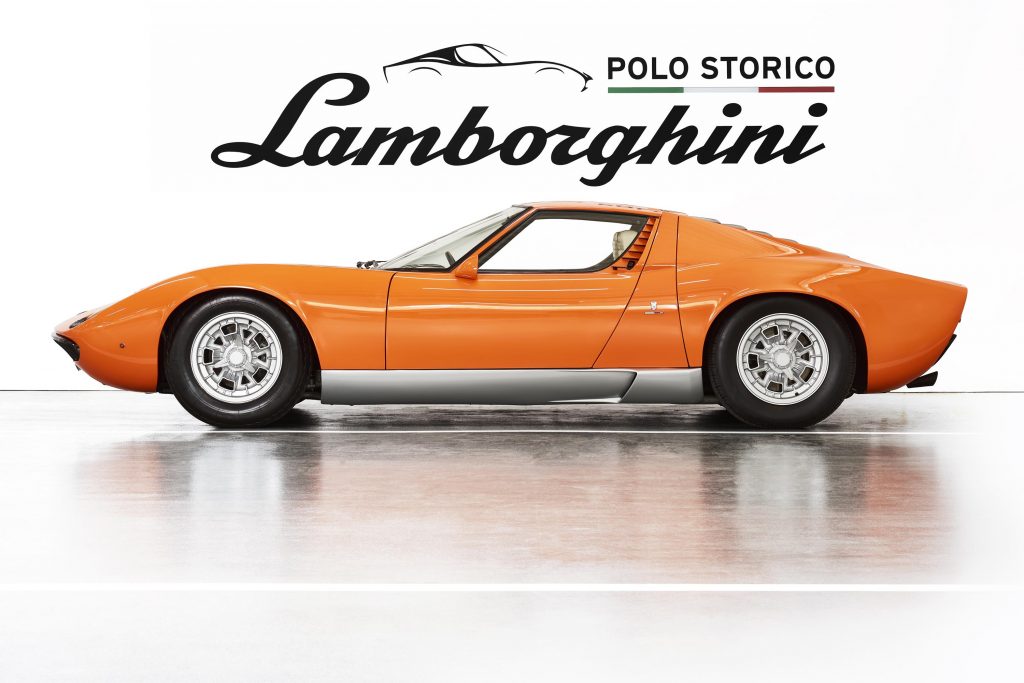
His tenure at Bertone gave birth to one of the most loved sports cars of that era, which went on to lay the pathway for decades. Among many intriguing designs like the Lancia Stratos, and Alfa Romeo 33 Carabo, Gandini earned fame with Lamborghini with his unprecedented designs. The Lamborghini Miura brought a groundbreaking design to the supercar world, which is often regarded as one of the most beautiful supercars.
A concept design that was designed and built in a measly 3-month time frame received a phenomenal response at the Geneva Motor Show. Lamborghini was impressed and allowed Gandini complete freedom to bring up innovative design concepts for the Geneva Motor Show every year.
Then came a turning point, which changed our perception of supercars forever — entered the scissor doors! Gandini was the mastermind behind the surprising breakthrough of scissor door design and while the Countach was the first production car to boast gorgeous scissor doors, they were first introduced in a 1968 Alfa Romeo Carabo concept car, which never stepped into production.
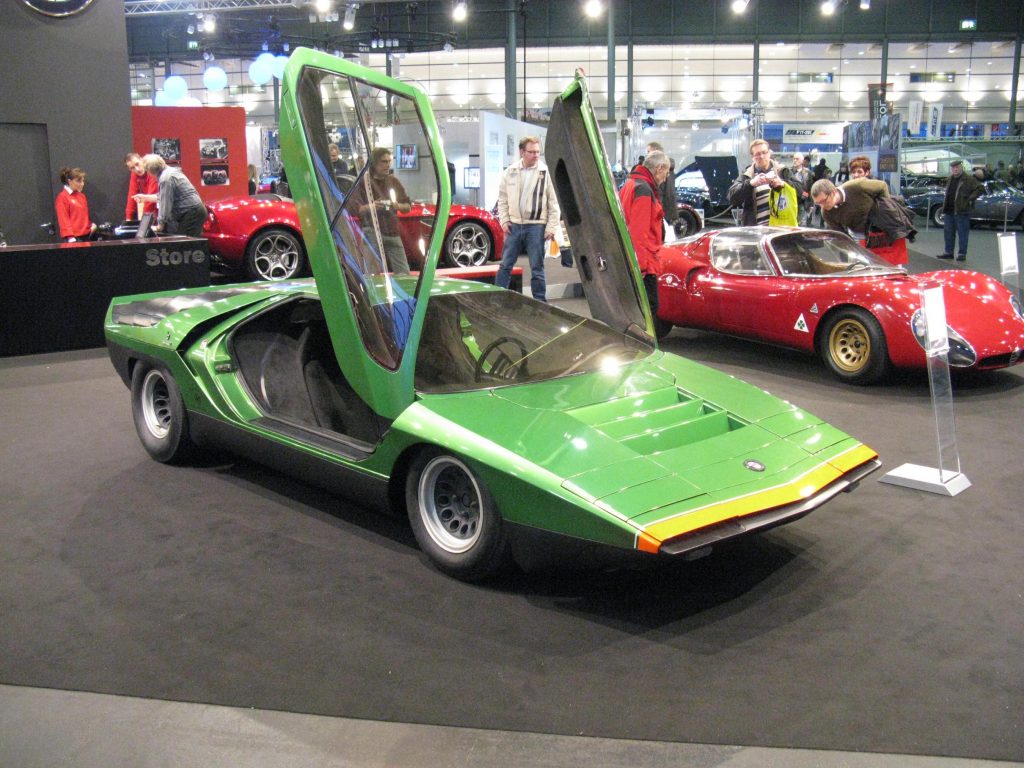
The Lamborghini Countach was one supercar that pushed boundaries, with its striking wide appearance, use of lightweight materials like carbon fibre and huge wing, which arguably didn’t do much in terms of its performance, but lent it an unforgettable visual appeal. The Countach, with the following flagship models, gave Lamborghini its own identity with the signature scissor doors.
A glimpse at the most popular designs of Gandini, Lamborghini creations specifically, reveals one surprising detail — his designs were all original; drawn on a fresh sheet of paper with minimal design bias from his previous creations. The thought resonates with his saying — “you can ask a painter to draw a painting again and again but the same can not happen with a car”.
You look at the Miura and the Countach, without the raging bull logo on the hood, and it’s hard to find a common ground between the two. It’s that originality and individuality in his designs that made Lamborghini what it stands today.
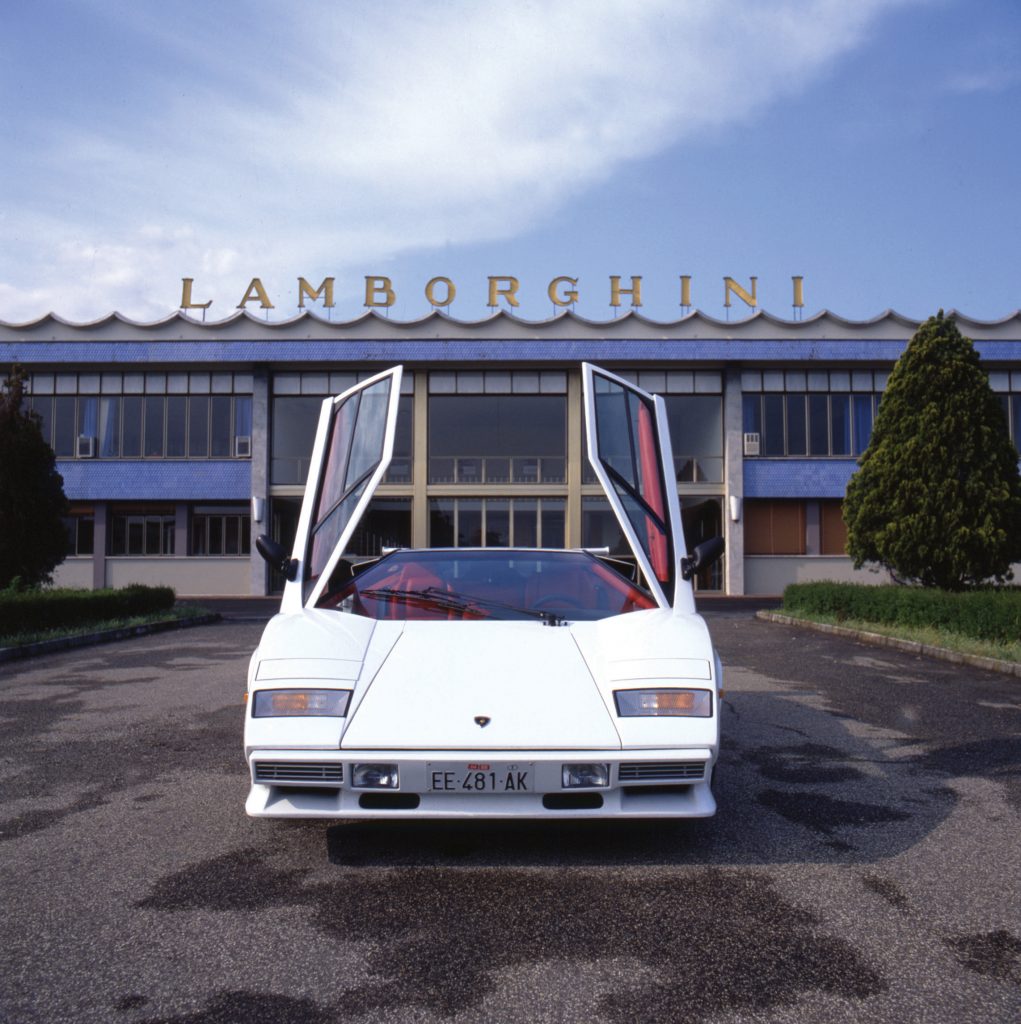
Years passed by and Gandini’s collaboration with Lamborghini continued. Gandini designed the Lamborghini Urraco, which boasted a rakish 2+2 body style and a mid-engined V12 configuration. The unique design concept of the Urraco gained the interest of Ferrari, which contracted Gandini to design the Dino 308/GT4. The Dino 308 was later rebranded as a Ferrari, making it the first Ferrari model with a V8 and also the only Gandini-designed Ferrari to step into production.
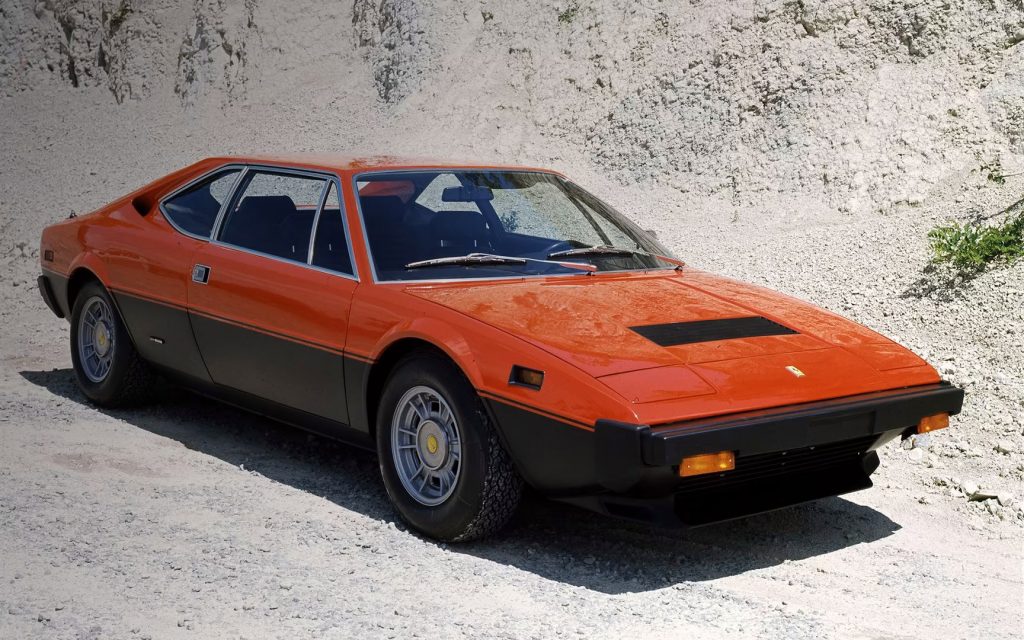
In his exciting journey of turning fascinating designs into reality, Gandini sprinkled his vision on multiple road-going mass-market models too. Cars like the first-generation BMW 5 Series and the Mark 1 Polo were his designs, which gained popularity among its rivals for their sheer practicality. After he departed from Bertone, Gandini invested himself in independent operations, which included everything from coachbuilding to aeronautical designing. At the age of 77, Gandini also collaborated with India’s Tata Motors to design the TaMo RaceMo — a 2 door sports car, which was later scrapped due to cost implications.
On March 13, 2024, Marcello Gandini passed away, leaving a long legacy behind and what an amazing legacy it was. His vision to design groundbreaking cars that evoked a sense of excitement for decades truly shaped the automotive industry for the better. The unpredictability in his designs — from the voluptuous Miura to the sharp and angular Countach — showcased the dynamism of automotive design and its impact on our lives. As we conclude this befitting tribute to the Italian designer, Marcello Gandini will always be remembered as the father of supercars!

